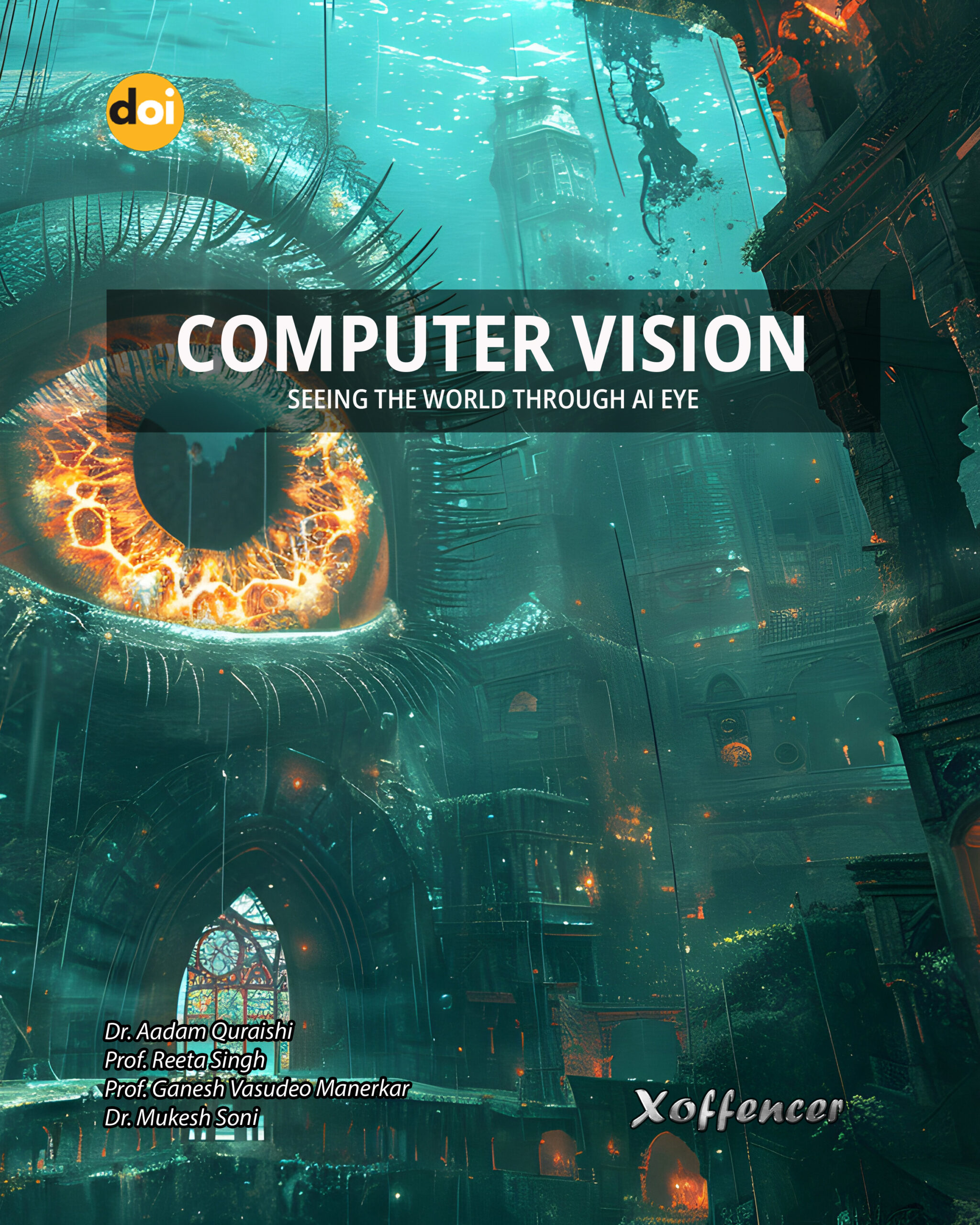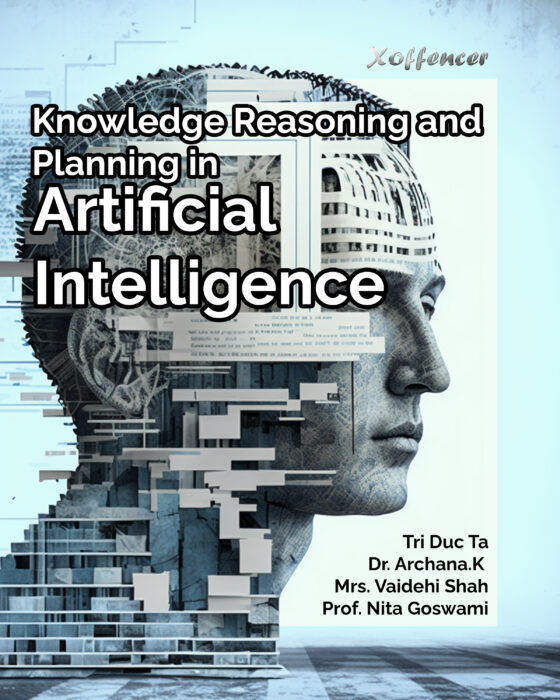Description
Computer vision, a branch of artificial intelligence (AI), is revolutionizing the way machines interpret and interact with the world. By enabling computers to process and understand visual information from the surrounding environment, computer vision is bridging the gap between digital and physical realms. This technology leverages complex algorithms and neural networks to recognize patterns, detect objects, and interpret scenes, mimicking the human visual system. The advancements in computer vision are empowering machines to perform tasks that were once thought to be exclusively within the human domain, such as facial recognition, autonomous navigation, and image classification. The foundation of computer vision lies in its ability to convert pixel data from images or videos into meaningful information. This transformation process involves several key steps, including image acquisition, preprocessing, feature extraction, and classification. With the rise of deep learning techniques, particularly convolutional neural networks (CNNs), computer vision systems have achieved unprecedented accuracy and efficiency. These models are trained on vast datasets to learn intricate features and patterns, enabling them to identify objects and make decisions with minimal human intervention. The continuous improvement in computational power and the availability of large annotated datasets have further accelerated the development and deployment of computer vision applications.. The impact of computer vision extends across various industries, revolutionizing processes and enhancing capabilities. In healthcare, computer vision assists in medical imaging analysis, enabling early detection of diseases and aiding in accurate diagnoses. In the automotive sector, it is a cornerstone technology for developing autonomous vehicles, providing real-time analysis of the vehicle’s surroundings to ensure safe navigation. Retail industries leverage computer vision for inventory management and enhancing customer experience through personalized recommendations. Additionally, computer vision plays a crucial role in security and surveillance, enabling efficient monitoring and threat detection. As computer vision continues to evolve, ethical considerations and challenges come to the forefront. Concerns about privacy, data security, and bias in AI models require careful attention and regulation. Ensuring that computer vision systems are transparent, fair, and accountable is essential to prevent misuse and build public trust. Researchers and policymakers are working collaboratively to address these issues, promoting responsible AI development and deployment.













Reviews
There are no reviews yet.